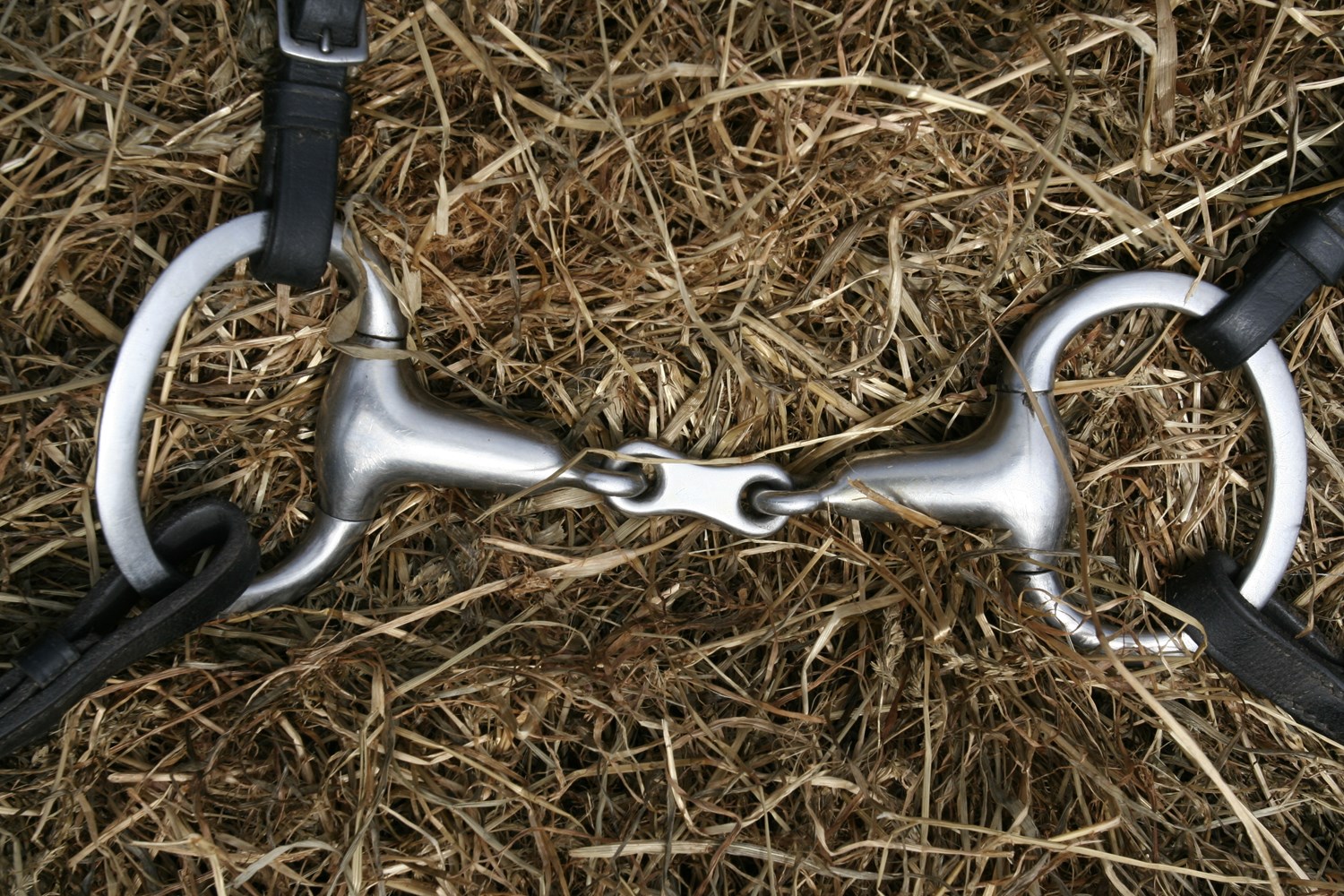
What is the Best Bit for a Horse for Optimal Comfort?
Share
Understanding what is the best bit for a horse is crucial for every health-conscious pet owner. Choosing the right bit not only enhances your horses performance but also guarantees their comfort and well-being. A well-fitted bit can make a significant difference in communication between the rider and the horse.
Bits play a vital role in horseback riding, but many pet owners often overlook their importance. In this detailed guide, we will explore the different types of bits available, their functions, and which options are best suited for your horse's specific needs.

The Importance of Choosing the Right Bit
When it comes to selecting a bit, you might wonder, 'What is the best bit for a horse?' The answer hinges on various factors such as your horse's size and breed, their training level, and even your riding style. Using the right bit ensures better control while maintaining your horse's comfort.
Types of Horse Bits
There are numerous types of bits available, each designed for different aspects of control and comfort. Some of the most commonly used bits include:
- Broken Mouth Bits: These are gentle on a horse's mouth and great for sensitive horses.
- Full Cheek Bits: These provide better steering and are mostly used for young or green horses.
- Eggbutt Bits: Known for their stability, they are ideal for horses that tend to pull on the reins.
- Pelham Bits: A combination of a snaffle and curb bit, suitable for horses who require more control.

Key Factors to Consider
When pondering what is the best bit for a horse, it's essential to consider several factors:
- Size of the Bit: A properly sized bit will fit comfortably in your horse's mouth and prevent discomfort.
- Material: Bits come in various materials like stainless steel, rubber, or copper, and can affect comfort.
- Your Riding Style: Different types of riding require different bits, so make sure to choose one that aligns with your goals.
Creating a Comfortable Experience
One of the main reasons for selecting the right bit is ensuring a comfortable experience for your horse. A good bit should allow for communication without causing pain or distress. It's important to regularly check your horse's bit for wear and damage and replace it when necessary. For more tips on how to care for your horse, you can read more about basic horse care.

Common Myths about Bits
There are many misconceptions surrounding horse bits. For instance, some believe that a harsher bit provides better control. However, the reality is that a well-fitting, soft bit often yields better results. Always prioritize your horse's comfort when making equipment choices. The goal is not to impose strength but to facilitate communication.
Testing the Fit of a Bit
To determine if you have the right bit, perform a simple test:
- Place the bit in your horse's mouth without fastening the bridle.
- Observe if your horse is relaxed and chewing.
- The bit should sit comfortably between the lips and not interfere with the horse's ability to swallow.

Summary of Key Points
Choosing what is the best bit for a horse involves considering the horse's needs, your riding style, and the comfort that a well-suited bit can provide.
For a deeper dive into how to manage your reins more effectively, check out this post on holding reins. Maintaining proper health and comfort for your horse will undoubtedly enhance your riding experience.
FAQs
What is a Horse Bit Used For?
A horse bit is primarily used to communicate with the horse while riding, enabling the rider to guide and control their movements without causing distress.
How Often Should I Replace a Bit?
It's essential to inspect your horse's bit regularly and replace it whenever you notice it has became worn, damaged, or uncomfortable for your horse.
What Material is Best for Horse Bits?
The best material for a horse bit depends on the individual horses preferences and requirements. Stainless steel, copper, and rubber are common choices among riders.
As an Amazon Associate, I earn from qualifying purchases.
